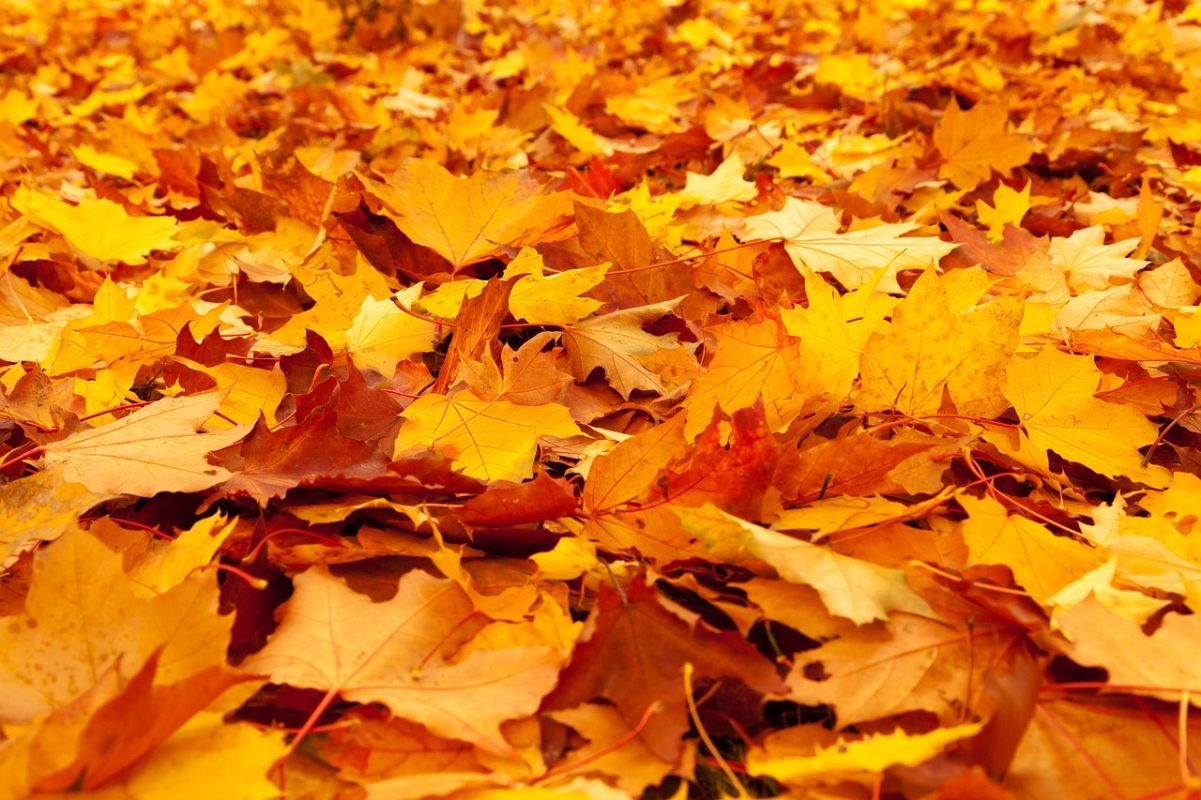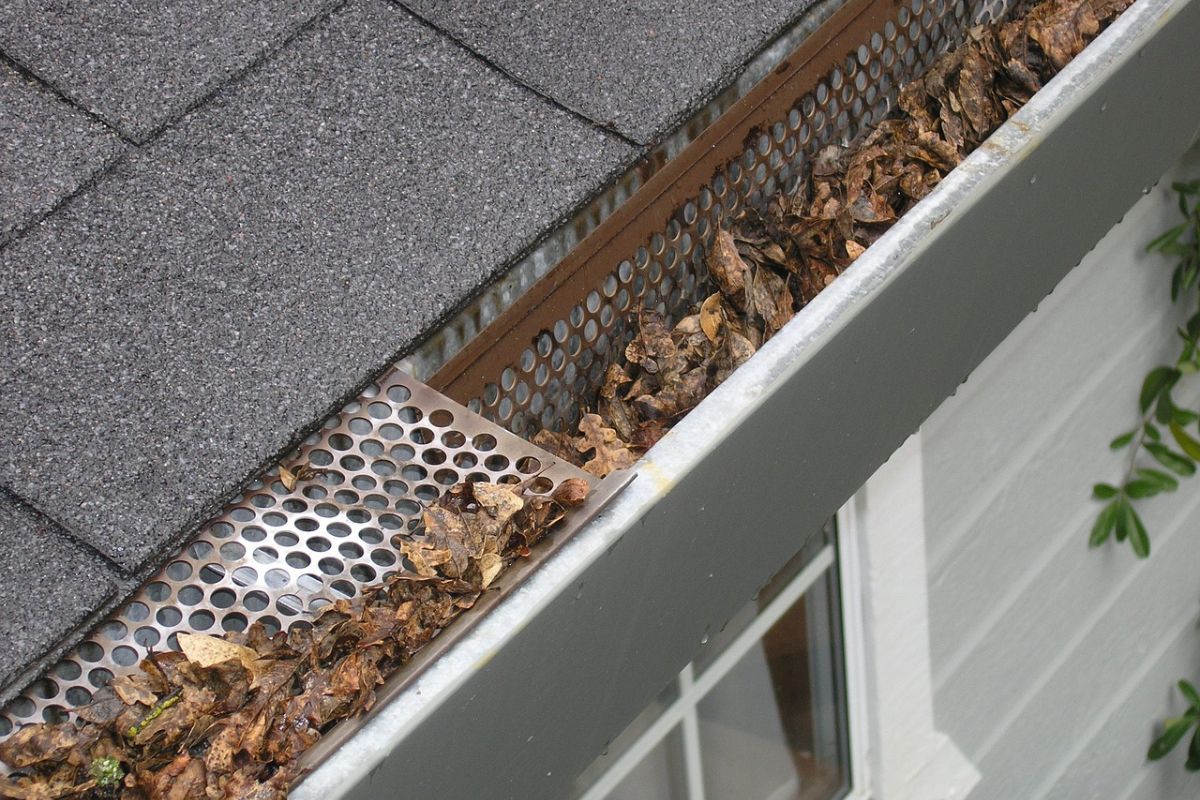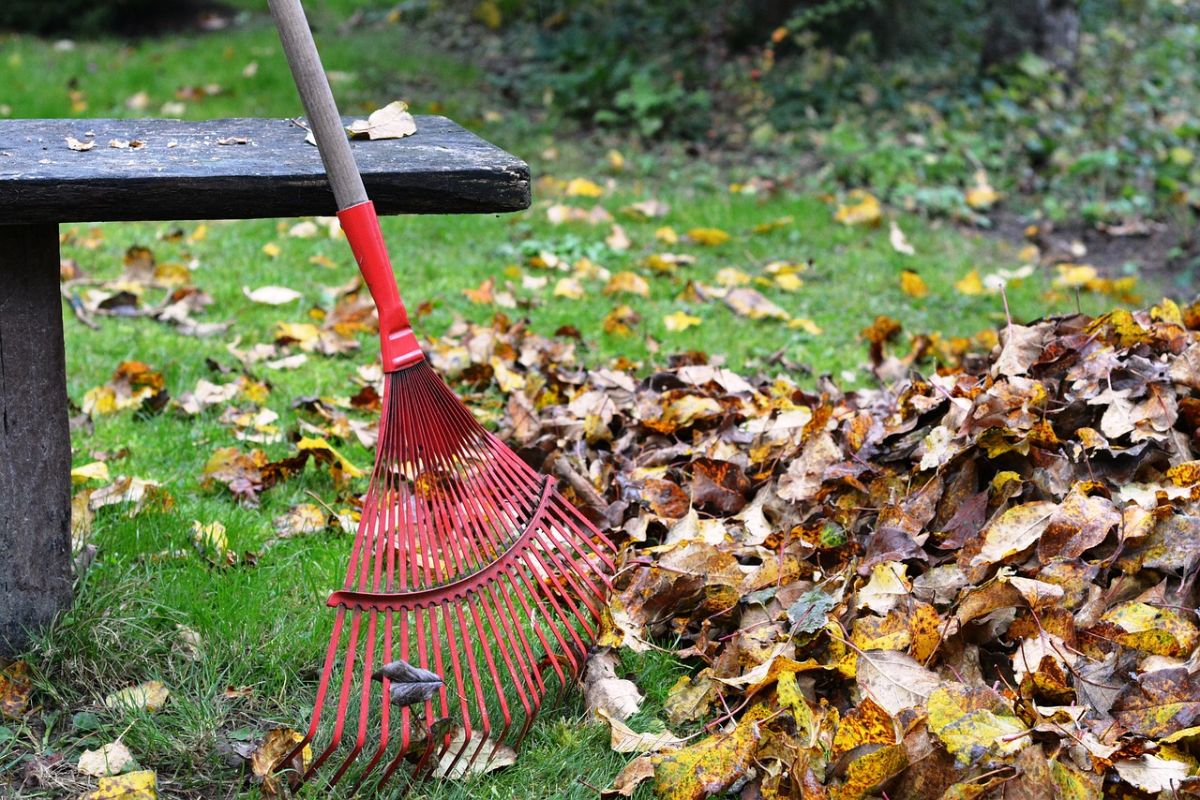Leaving piles of leaves or grass debris scattered throughout your yard after mowing the lawn may sound like a great idea for many homeowners. After all, the foliage will eventually decompose into nutrient-rich compost that your lawn grass and other landscape plants require to thrive.
However, that logic only holds for a few leaves spread across the lawn.
Large masses of foliage can block the sunlight from reaching your tender lawn grass, causing stunted growth. Besides, lingering piles of leaves may stain paved surfaces like decks and driveways, resulting in expensive clean-ups. Not to mention the eyesore created when thick layers of leaves compact when exposed to wetness and mud.
Therefore, it’s imperative to clean up your yard after every tree trimming or lawn mowing exercise. Here’s a definitive guide to the best methods for removing leaves from your property.

Photo Credit: Pixabay.com
1. Identify the Source of Leaves in Your Yard
Leaves on the yard don’t only come from mowing the lawn or pruning landscaping plants. They also result from seasonal changes.
In fact, huge piles of leaf debris that require professional leaf cleanup and yard care services usually occur during fall/autumn. The phenomenon is a natural response to a reduction in auxin production, a plant hormone that strengthens the bond between the leaves and branches.
As the following point expounds, knowing the source of leaves is critical in determining when to begin the cleanup project.
2. Wait For All the Leaves to Fall
If the leaves in your yard are due to seasonal changes, it’s best to wait until all the foliage has fallen before you begin cleaning them up.
Leaves typically begin to fall a week after displaying their peak foliage colors. However, you may want to wait until the end of fall.
You could also inspect visually to ascertain that all your landscaping trees have fully shed their foliage.

Photo Credit: Pixabay.com
3. Pick the Right Tools
One of the best things about cleaning leaves from your yard is that there’s a plethora of tools to pick from. The choice of one equipment over the others depends primarily on the amount of debris to remove.
Common tools include;
Lawn Mower and Secateurs
Before you can clean leaves from your yard, the debris will need to be there in the first place, right? A lawn mower helps trim grass, while a pair of secateurs are used to prune overgrown foliage.
Common Leaf Rake
A common leaf rake lets you collect leaves into a pile or onto a plastic tarp for easy disposal. It typically features plastic tines on a wooden handle.
Pick-up Rake
As the name implies, a pick-up rake picks up collected debris.
Leaf Tarp
If you plan to clean a huge mass of leaves from your property, you’ll need a leaf tarp. The tarp lets you move the debris around with much ease.
Leaf Scoops
Leaf coops take the hassles of picking up leaf debris. They’re lightweight, durable, and designed to attach to your hands.
Leaf Blower
A leaf blower is the mechanized version of a leaf rake. It blows debris into piles remarkably fast, reducing the time and effort required when using a rake. However, leaf blowers propel air out through their nozzles at high pressure, so they’re unsuitable for use in windy conditions.
Leaf Vacuum
A leaf vacuum sucks up leaves, grinds them into smaller chunks, and stores them in an in-built container for later disposal. The best way to use a leaf vacuum is by attaching it to a riding lawn mower.
Leaf Sweeper
Like a leaf vacuum, a leaf sweeper attaches to a riding lawn mower. The difference is that it only sweeps debris into piles rather than sucking and grinding it.
4. Watch the Weather
Not all weather is appropriate for leaf clean-up. Regardless of the tool you’re using, the best time to remove leaves from your yard is on a warm and calm day.
Allow your lawn to dry completely before cleaning the leaves.
Not only is working in wet conditions strenuous. It can also damage your expensive lawn care equipment.

Photo Credit: Pixabay.com
5. Harness the Weather and Terrain
Windy conditions may be unideal for cleaning leaves off your property. However, you can take advantage of the wind to expedite the cleanup process.
Simply rake the debris in the same direction the wind is blowing.
The same logic applies to your yard’s terrain. If your property is situated on a hillside or incline, leverage the power of gravity to push the leaves downhill.
6. Dispose Of Properly
There are three primary ways to get rid of leaves from your yard.
You could collect the leaves and burn them, shred them and compost them into mulch, or rake them into piles for pickup by local municipal workers.
If you prefer to get the debris picked up by the municipality, you’ll need to get the leaves to the designated collection points. Besides, observe local codes, such as keeping debris off fire hydrants and storm drains.

Photo Credit: Pixabay.com
Wrap Up
Leaving huge piles of leaves strewn all over your yard may appear innocuous. However, it can have far reaching implications on your lawn’s plant life and aesthetic value. Your best bet is to clear the foliage right away to prevent undue damage to your yard.
If you ever face challenges removing leaves from your property, you can always engage a professional leaf cleanup service.









